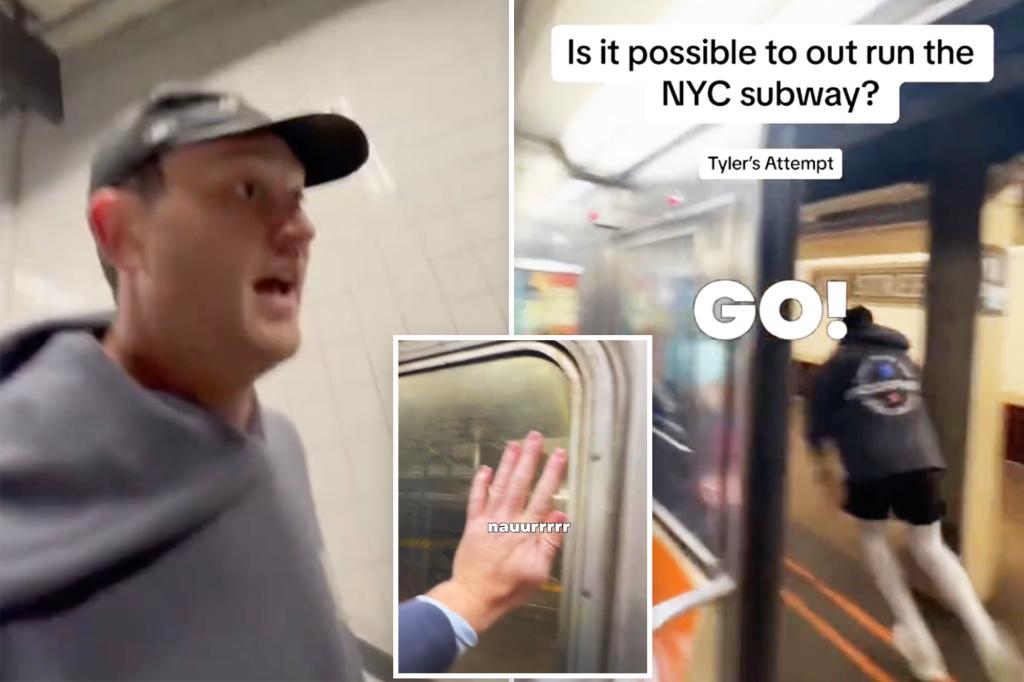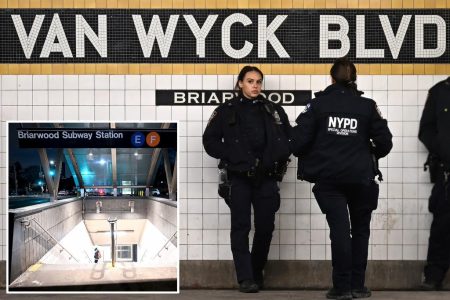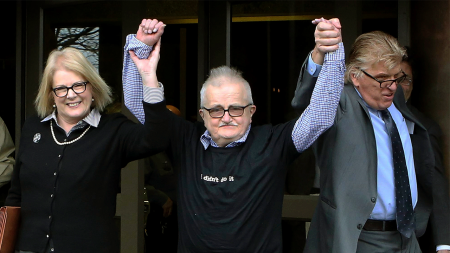Two TikTok users decided to test the age-old question of whether running is faster than catching the subway. Tyler Swartz and Joe Fowler attempted to beat a local 1 train between the 18th Street and 14th Street stops in Chelsea. Swartz, who organizes running group runs and shares race training tips online, documented their effort in a 46-second clip that has garnered millions of views. Despite Swartz’s unsuccessful attempt, the video sparks a conversation about the speed and reliability of New York City’s subway system.
In recent years, the subway’s on-time rate has significantly improved to 82% on weekdays, compared to just 63% in 2017 when Subway racer Matthew Ahn successfully outpaced a 2-3 train. Although Swartz’s mission was unsuccessful, supportive New Yorkers offered advice, with some suggesting strategies for beating the subway such as hopping turnstiles or choosing a train car closer to the exit. Commenters also shared their experiences with the unreliable subway system, with one noting that some days it is quicker to walk than wait for a train.
Ahn, a train enthusiast from Cleveland, previously set a Guinness World Record for traversing every station on the New York City subway in the fastest time. During his subway race against the 2-3 train in 2017, Ahn completed the challenge in 1:44, as the train traveled slowly between stops in the Financial District. Despite not being a competitive runner, Ahn successfully completed the race after conducting test runs and strategically choosing stations with minimized street crossings.
Ahn’s subway race and subsequent Guinness World Record earned him a feature in Canadian Running Magazine and highlighted the challenges of navigating New York City’s transit system. In a similar feat, a Swiss woman set a new world record by including the recently added Second Avenue subway stations in her challenge. Both Ahn and the Swiss woman endured long distances and challenges to complete their subway races, demonstrating the lengths people will go to for a unique achievement. Swartz’s viral video has reignited interest in the age-old question of beating the subway and has sparked conversations about the speed and efficiency of public transportation systems.















